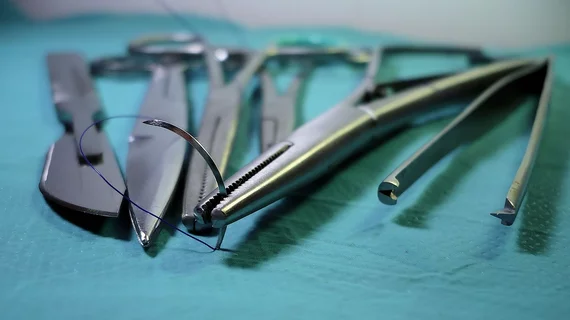Interventional radiology must step up to counter $26M-plus cut slated for next year, experts say
The field of interventional radiology is set to sustain a more than $26 million blow in 2021, and physicians must take action to counter, experts advised Wednesday.
Members of the Society of Interventional Radiology made their call to arms in a research letter shared in the group's academic journal. They highlighted widely discussed Medicare payment reductions in imaging slated for next year, aimed at offsetting pay hikes for primary care and other nonprocedural specialties.
With $432 million in annual Medicare charges for interventional radiology, the expected 6% cut would total at least $26 million. And that number could climb much higher, as the calculation only includes groups that self-declare as IR practices, and not those who bill for both the subspecialty and diagnostic radiology.
“Congress should be urged to recognize that now, amidst a global pandemic, is not the time to implement any payment policy changes that will exacerbate the financial instability of healthcare providers’ practices,” wrote first author Caleb Heiberger, MD, and colleagues from the Society of Interventional Radiology's Government Affairs Committee.
One unnamed sample IR center alone logged 1,559 such clinic visits between January and September of last year, billing for $252,000 or $162 per encounter, the authors noted. If the Medicare cuts moved forward, this would amount to $15,118 in lost revenue or $10 per visit over a nine-month period. Practices across the country may be forced to cut physician and technologist salaries to counter these trends and decrease investment in new technology.
“These negative changes will most significantly affect smaller rural outpatient centers, further widening the clinical care disparity gap for underserved populations,” the team wrote.
To counter, SIR has initiated a “call to action,” that has resulted in 1,600 letters to more than 300 congressional offices. They also launched a new program in June to focus its trainees’ advocacy efforts on opposing the Medicare payment change.
“Now, more than ever, interventional radiologists need to understand reimbursement policies and unite in political advocacy efforts to mitigate the undervaluing of IR services and maintaining IR access for all patient populations,” the team concluded.
You can read more of their letter in JVIR here.

